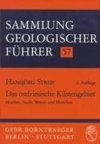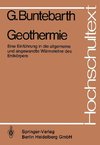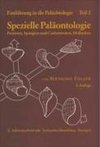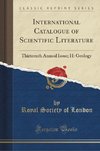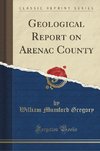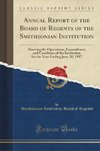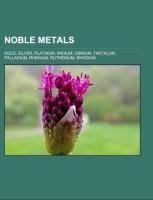
-
 Anglický jazyk
Anglický jazyk
Noble metals
Autor: Source: Wikipedia
Source: Wikipedia. Pages: 46. Chapters: Gold, Silver, Platinum, Iridium, Osmium, Tantalum, Palladium, Rhenium, Ruthenium, Rhodium. Excerpt: Gold ( ) is a chemical element with the symbol Au (from Latin: "gold") and an atomic number of 79. Gold is a dense,... Viac o knihe
Na objednávku, dodanie 2-4 týždne
15.66 €
bežná cena: 17.40 €
O knihe
Source: Wikipedia. Pages: 46. Chapters: Gold, Silver, Platinum, Iridium, Osmium, Tantalum, Palladium, Rhenium, Ruthenium, Rhodium. Excerpt: Gold ( ) is a chemical element with the symbol Au (from Latin: "gold") and an atomic number of 79. Gold is a dense, soft, shiny metal and the most malleable and ductile metal known. Pure gold has a bright yellow color and luster traditionally considered attractive, which it maintains without oxidizing in air or water. Chemically, gold is a transition metal and a group 11 element. It is one of the least reactive solid chemical elements. The metal therefore occurs often in free elemental (native) form, as nuggets or grains in rocks, in veins and in alluvial deposits. Less commonly, it occurs in minerals as gold compounds, usually with tellurium. Gold resists attacks by individual acids, but it can be dissolved by the aqua regia (nitro-hydrochloric acid), so named because it dissolves gold. Gold also dissolves in alkaline solutions of cyanide, which have been used in mining. Gold dissolves in mercury, forming amalgam alloys. Gold is insoluble in nitric acid, which dissolves silver and base metals, a property that has long been used to confirm the presence of gold in items, giving rise to the term the acid test. Gold has been a valuable and highly sought-after precious metal for coinage, jewelry, and other arts since long before the beginning of recorded history. Gold standards have been the most common basis for monetary policies throughout human history, being widely supplanted by fiat currency only in the late 20th century. Gold has also been frequently linked to a wide variety of symbolisms and ideologies. A total of 165,000 tonnes of gold have been mined in human history, as of 2009. This is roughly equivalent to 5.3 billion troy ounces or, in terms of volume, about 8500 m, or a cube 20.4 m on a side. The world consumption of new gold produced is about 50% in jewelry, 40% in investments, and 10% in industry. Besides its widespread monetary and symbolic functions, gold has many practical uses in dentistry, electronics, and other fields. Its high malleability, ductil
- Vydavateľstvo: Books LLC, Reference Series
- Rok vydania: 2012
- Formát: Paperback
- Rozmer: 246 x 189 mm
- Jazyk: Anglický jazyk
- ISBN: 9781155568713
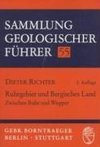
 Nemecký jazyk
Nemecký jazyk 
